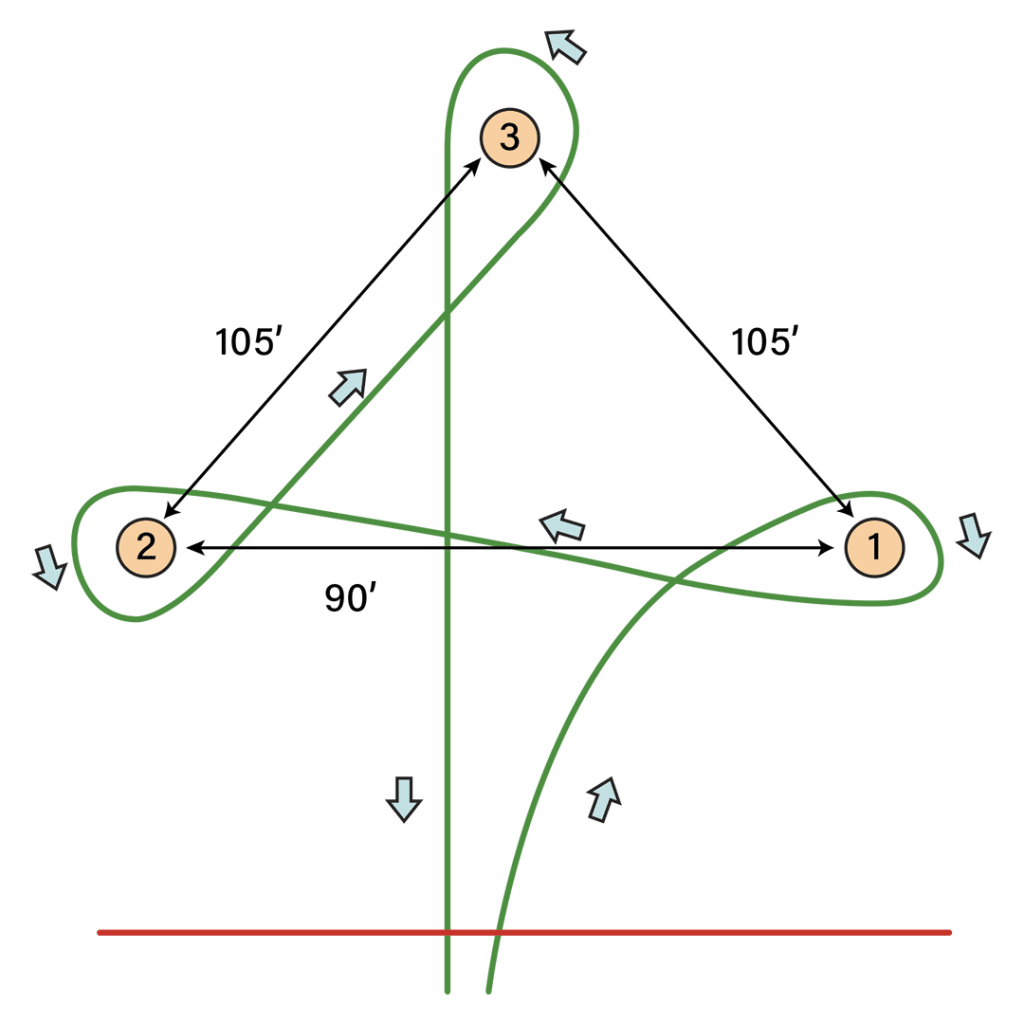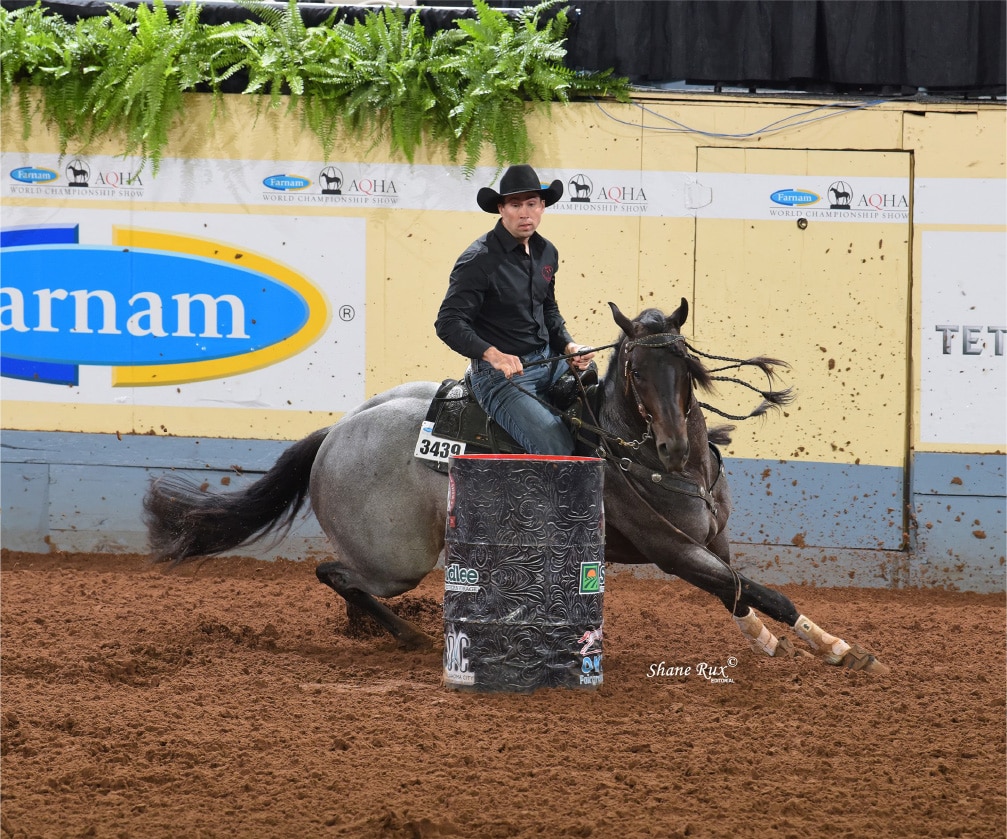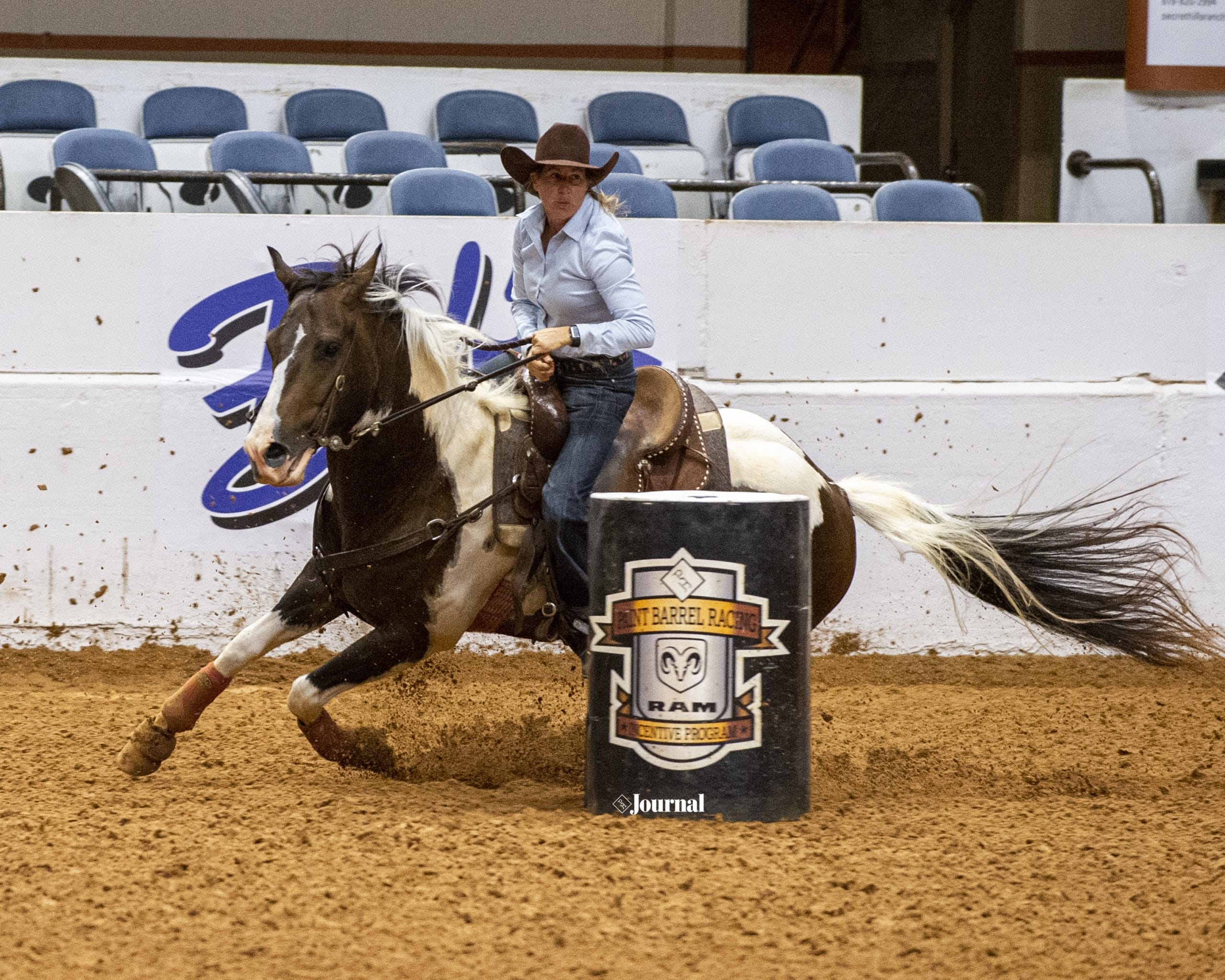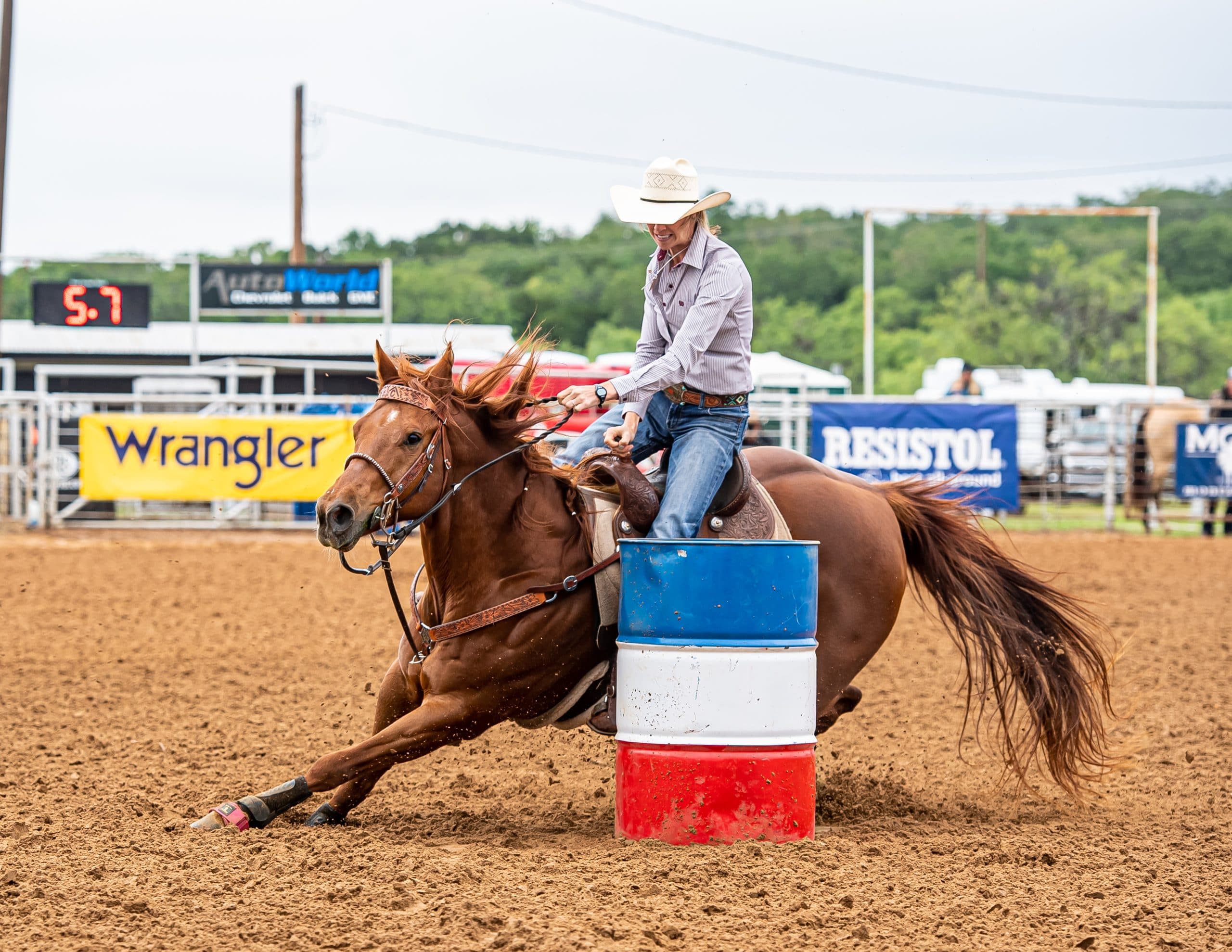Race Formats
Age-Specific Events
Futurities, derbies, and juveniles are competitions designed for horses of the same age group with either limited or no prior competition experience. Many organizations offer futurities and derbies. While organizations may classify the age categories differently, a futurity is traditionally for horses 4-years-old and younger, but many organizations allow for a 5-year-old futurity horse, and some competitions designate a “juvenile” as a 3-year-old competitor. The 5-year-old year is often the maturity division, and 6-year-olds compete in derbies. Age divisions vary across organizations, so it is always wise to check with the event producer.
In addition, some of these events focus on horses that are sired by, or fathered, by specific stallions in the sport and certain incentives are offered to the offspring of those stallions who do well.
Divisional Races
The divisional, or “D” system, revolutionized barrel racing by creating a handicap that allows barrel racers of all levels to run in the same race. The overall fastest time determines all subsequent divisions. There are typically four or five divisions that are usually a half (0.5) second apart. For example, the fastest time is a 1D, then the 2D would be 0.5 seconds slower than the 1D time, the 3D would be 1.0 second slower than the 1D or 0.5 second slower than the 2D time, and so on.
Many formal organizations use the divisional format, but nearly anyone can host a divisional barrel race.
Rodeo
Barrel racing in professional rodeo is governed by the Women’s Professional Rodeo Association. A standard WPRA pattern is 90 feet between barrel one and two, 105 feet between barrel one and three and between barrel two and three, and 60 feet from barrels one and two to the score line. However, this can vary widely depending on the size of the arena. For example, at the National Finals Rodeo in Thomas and Mack Arena in Las Vegas, the maximum allowed is 70 feet between barrels, compared to the largest pattern at the Pendleton Roundup where the barrels are set 298 feet apart.
There are also many open rodeos across the country that allow anyone to enter. These are typically produced by local, regional or state rodeo associations and may require membership in the producing organization to participate.
Rodeos are straight pay events, meaning only the fastest riders will win money. The number of places paid may be determined by the number of entries.
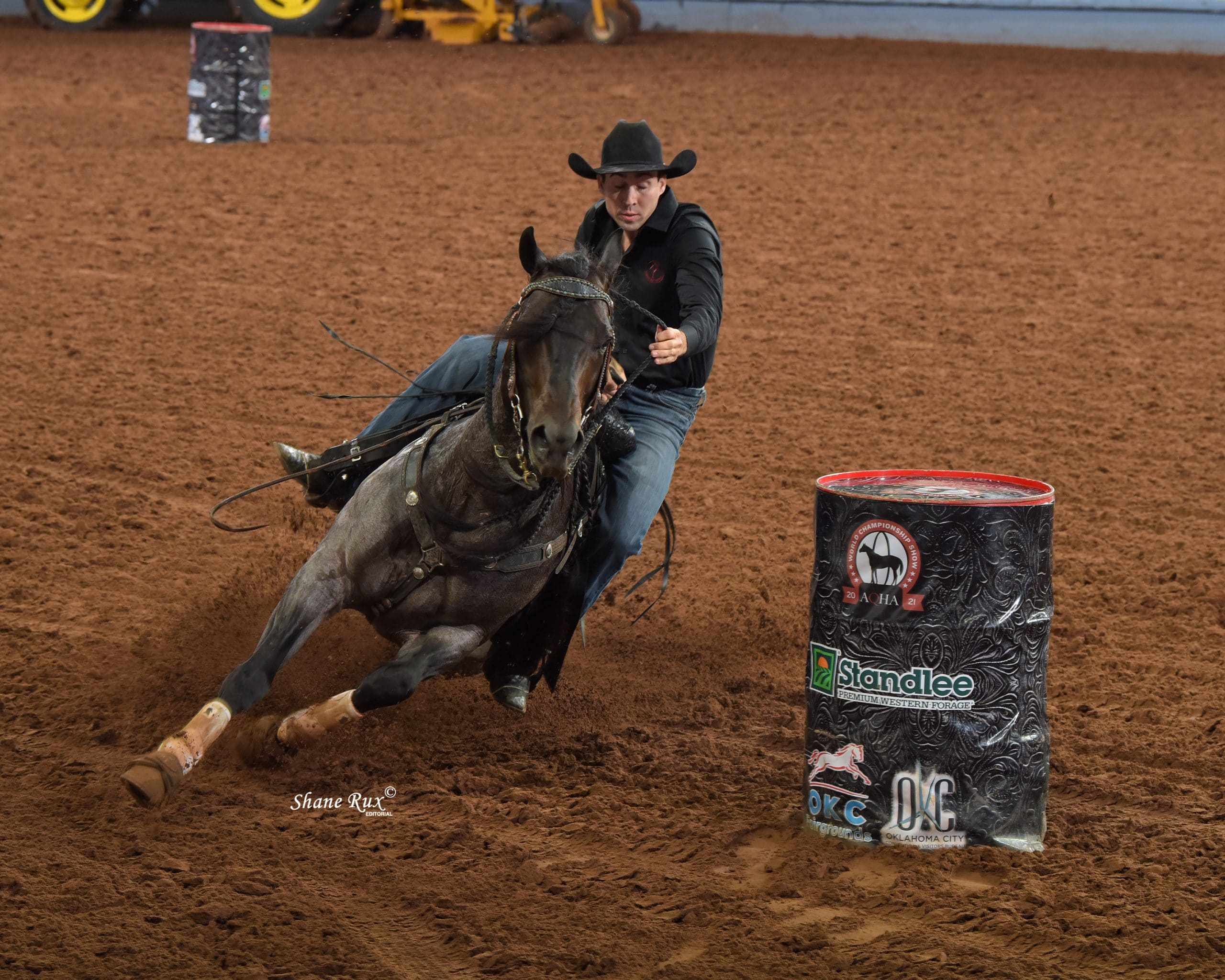
Dress to Impress
Like many other horse showing events, attire may be regulated. This would include requiring long-sleeve shirts, a western hat or riding helmet, and boots.
Some smaller races may not require specific attire. In the interest of safety, it is recommended that riders wear boots. Riding helmets are also suggested for safety.
The rules of each event will specify if there is a dress code.

